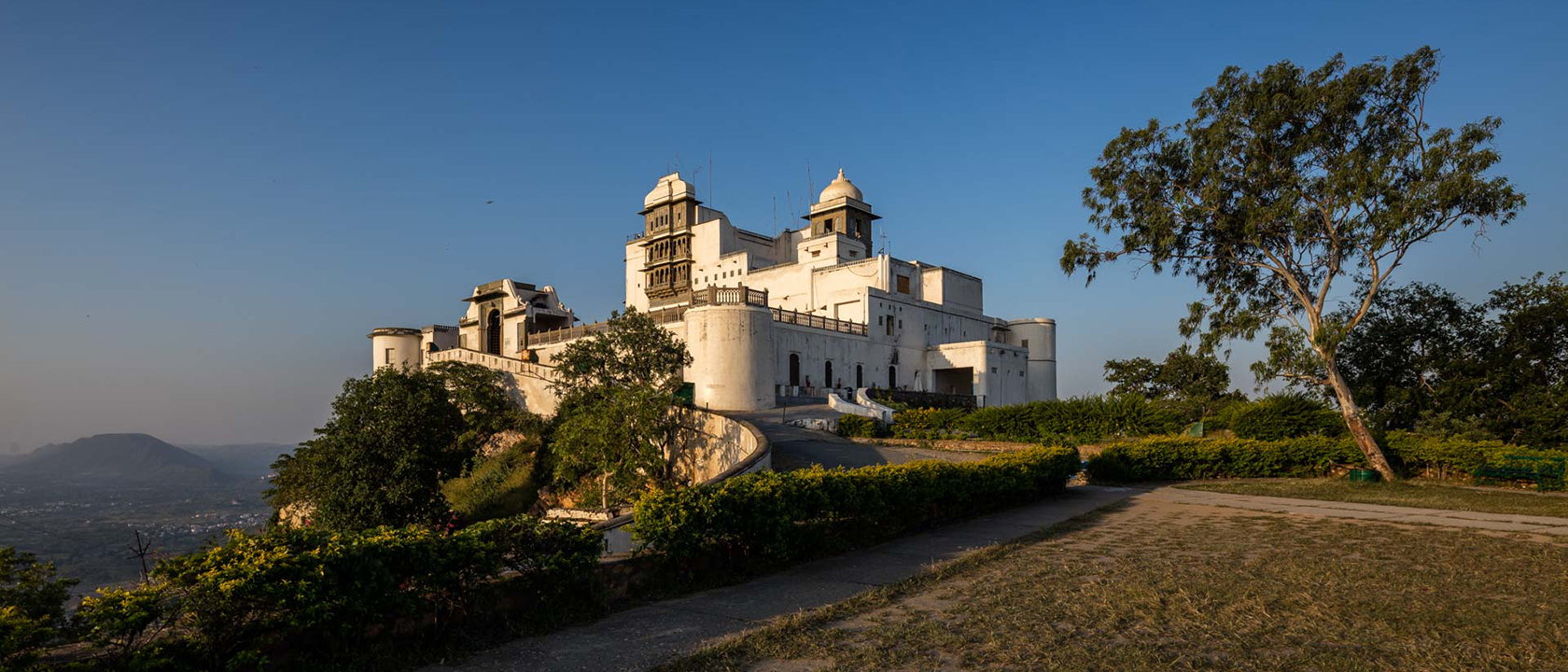
Often referred to as the 'Venice of the East', the city of lakes Udaipur is located around azure water lakes and is
hemmed in by lush green hills of Aravallis. The famous Lake Palace, located in the middle of Lake Pichola is one of
the most beautiful sights of Udaipur. It is also home to Jaisamand Lake, claimed to be the second largest man-made
sweet water lake in Asia. The beautiful City Palace and Sajjangarh (Monsoon Palace) add to the architectural beauty
and grandeur of the city. The city is also known for its profusion of zinc and marble. Solar observatory in Lake Fateh
Sagar is the only observatory in India located on an island and has been made on the pattern of Big Bear Lake in
Southern California. The ten-day Shilpgram Festival which starts from 21 Dec to 30 Dec pulls in a large number of
people interested in arts and crafts.
Udaipur was founded in 1553 by Maharana Udai Singh II as the new capital of Mewar Kingdom. It is located in the fertile,
circular Girwa Valley to the southwest of Nagda, which was the first capital of Mewar.

Udaipur was founded in 1559, by Maharana Udai Singh II in the fertile circular Girwa Valley to the southwest of Nagda, on the Banas River. The city was established as the new capital of the Mewar kingdom. This area already had a thriving trading town, Ayad, which had served as capital of Mewar in the 10th through 12th centuries.[14] The Girwa region was thus already well-known to Chittaud rulers who moved to it whenever the vulnerable tableland Chittaurgarh was threatened with enemy attacks. Maharana Udai Singh II, in the wake of 16th century emergence of artillery warfare, decided during his exile at Kumbhalgarh to move his capital to a more secure location. Ayad was flood-prone, hence he chose the ridge east of Pichola Lake to start his new capital city, where he came upon a hermit while hunting in the foothills of the Aravalli Range. The hermit blessed the king and guided him to build a palace on the spot, assuring him it would be well protected. Udai Singh II consequently established a residence on the site. In November 1567, the Mughal emperor Akbar laid siege to the venerated fort of Chittor. To protect Udaipur from External attacks, Maharana Udai Singh built a six kilometre long city wall, with seven gates,[15] namely Surajpole, Chandpole, Udiapole, Hathipole, Ambapole, Brahmpole and so on. The area within these walls and gates is still known as the old city or the walled city. As the Mughal empire weakened, the Sisodia rulers, reasserted their independence and recaptured most of Mewar except for Chittor. Udaipur remained the capital of the state, which became a princely state of British India in 1818. Being a mountainous region and unsuitable for heavily armoured Mughal horses, Udaipur remained safe from Mughal influence despite much pressure. At present, Arvind Singh Mewar is the 76th custodian of the Mewar dynasty.
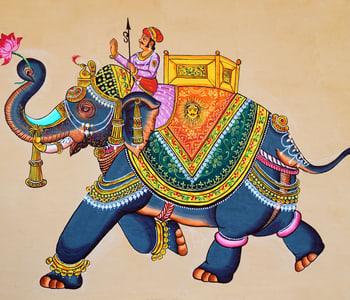
Vibrant festivals and fairs portray the cultural wealth of Udaipur. The city has found the perfect balance between conserving the rituals and customs of the past while still keeping up with current advancements. Like any other city of Rajasthan, folk dance and songs play a significant role in the city's cultural legacy. The vibrant folk dances of Ghoomar, Bhavai, Kachchhi Ghodi, Terahtaali and Kalbeliya form a very important part of the Rajasthani lifestyle. Festivals are celebrated with great enthusiasm in the entire state and especially in Udaipur. The Gangaur Festival is celebrated in summer and is marked by a traditional procession that passes through the city with bullock carts, chariots and performances by local artists. Other popular festivals are Hariyali Amavasya, Jagannath Rath Yatra and Jal-Jhulni Ekadashi. Diwali and holi are also celebrated in a grand manner in Udaipur. The locals showcase their talents in the local fairs where they promote their arts and crafts. The cuisine of Udaipur is similar to the rest of Rajasthan with more variety owing to the large number of foreigners. Food comprises of vegetables and lentils with a lot of spice and seasoning.
Udaipur city has a hot semi-arid climate. The three main seasons, summer, monsoon and winter respectively, dominate the city of Udaipur. Being located in the
desert lands of Rajasthan, the climate and weather of Udaipur is usually hot. The summer season runs from mid-March to June and touches temperature ranging from
23 °C (73 °F) to 44 °C (111 °F) in the months of March to June. Monsoons arrive in the month of July heralded by dust and thunderstorms. With lush greenery and
enchanting lakes, the sporadic rainfalls enhance the beauty of the city, making it one of the top monsoon destinations of the country. The winter season prevails
from the month of October till the month of March. Humidity, which prevails during monsoons, diminishes at the arrival of winters. The city observes pleasant sunny
days and enjoyable cool nights with the temperature ranging from 5 °C (41 °F) to 30 °C (86 °F).
Udaipur's winter climate is the most appealing time to visit. Tourists arrive in large numbers, anytime between mid-September to late March or early April. Even in January, the coldest month, the days are
bright, sunny and warm with maximum temperature around 28.3 °C (82.9 °F). Mornings, evenings and nights are cold.
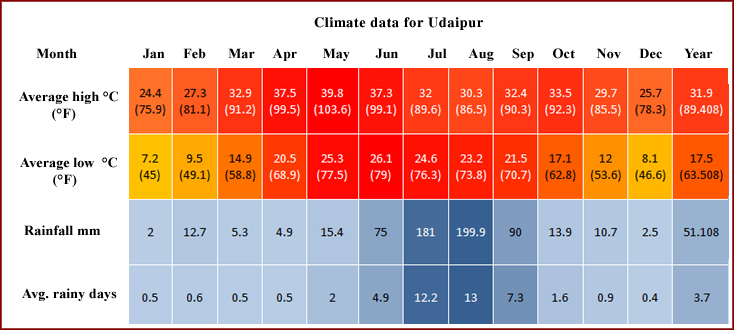
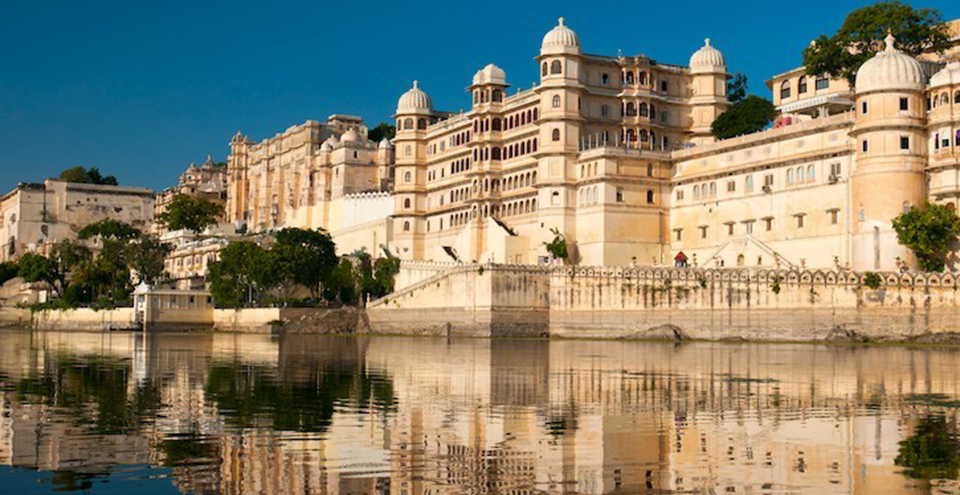
The City Palace towers over Lake Pichola. The balconies, cupolas, and towers of the palace give a wonderful view of the lake and the surrounding city. This complex actually consists of four major and several minor palaces that collectively form the magnificent City Palace. The main part of the palace is now preserved as a museum displaying artifacts.
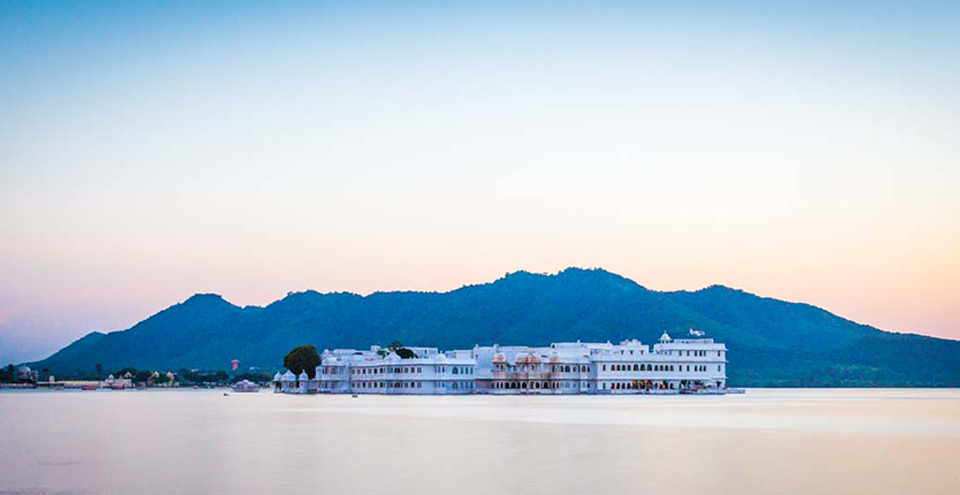
Now a hotel but was originally called Jagniwas and served as a summer palace. Built between 1743 and 1746 on the island near Jagmandir in Lake Pichola, the pal

Jagmandir is a palace built on an island on the Lake Pichola. Also called the ‘Lake Garden Palace’, the construction for this began in 1620 and was completed around 1652. The royal family used the palace as its summer resort and for hosting parties. Interestingly, Prince Khurram - later Emperor Shah Jahan - was given shelter here when he rebelled against his father Emperor Jahangir. The Palace had such an impact on Emperor Shah Jahan that it went on to become the inspiration for one of the most magnificent Wonders of the World, The Taj Mahal.
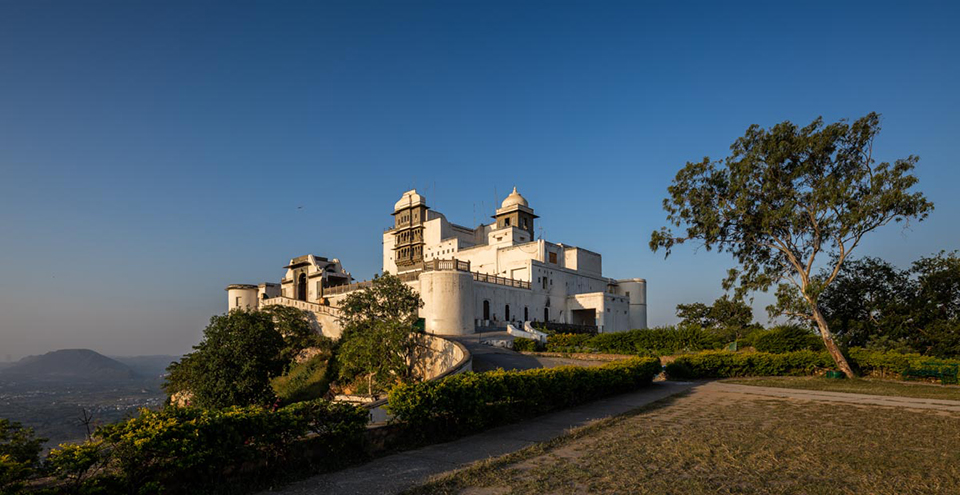
Situated just outside Udaipur, this 19th-century palace is built on top of Bansdara hills. Used as a monsoon palace and hunting lodge, its builder, Maharana Sajjan Singh, originally planned to make it an astronomical center. The plan was cancelled with Maharana Sajjan Singh's premature death. It is still an awe-inspiring sight on the Udaipur skyline and offers spectacular views of the city and the areas around.
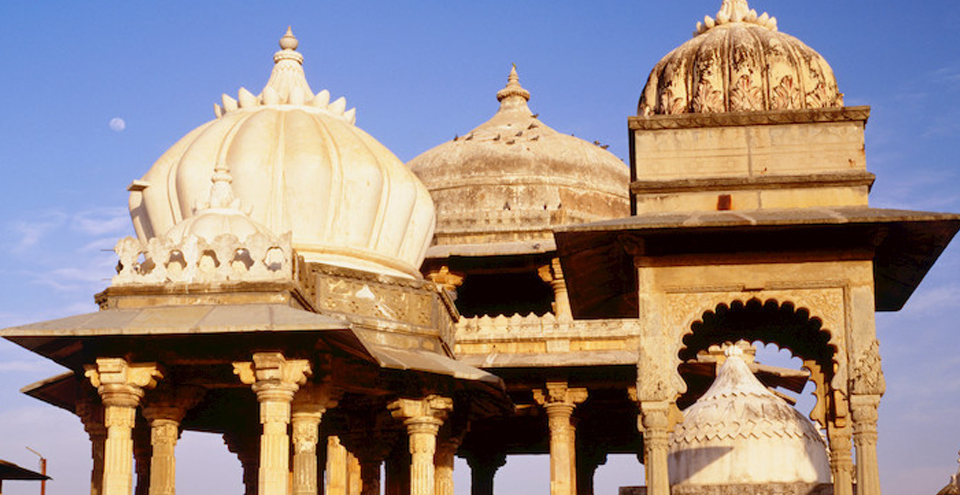
Ahar Museum is in close proximity to an impressive cluster of cenotaphs of the Maharanas of Mewar. The museum has a small, but rare collection of earthen pottery. You can also browse through sculptures and archaeological finds, a few dating back to 1700 BC. A 10th century metal figure of Buddha is a special attraction here.

An example of the Indo-Aryan style of architecture, Jagdish Temple was built in 1651 and continues to be one of the most famous temples in and around Udaipur. Dedicated to Lord Vishnu, the structure is an architectural marvel with carved pillars, graceful ceilings and painted walls. This three-storied temple was built by Maharana Jagat Singh I.
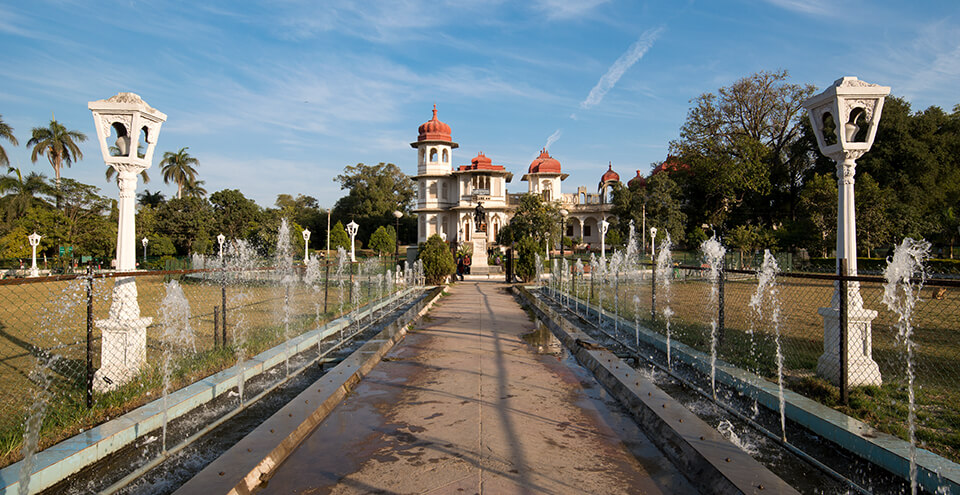
Gulab Bagh (Sajjan Niwas Garden) is the largest garden in Udaipur. Spread over 100 acres, the garden proudly displays innumerable species of roses, from which it also gets its name.
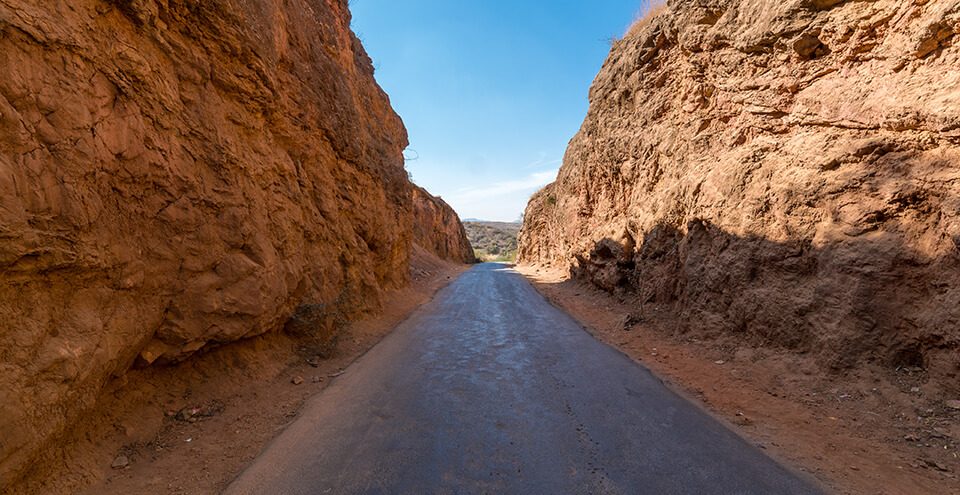
Haldighati is a famed mountain pass in the hills of the Aravalli Range. The pass, about 40 kilometres from Udaipur, connects the districts of Rajsamand and Pali. The pass gets its name from the yellow-coloured soil of the region (turmeric is called haldi in Hindi).
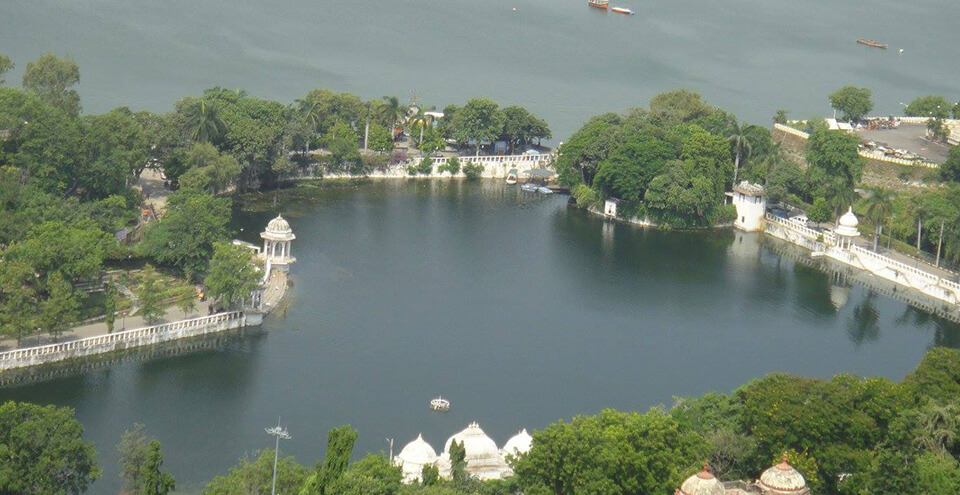
The road that takes visitors to Pichola Lake has another popular destination – the Doodh Talai Lake. The lake is nestled between several small hillocks which themselves are tourist attractions. The Deen Dayal Upadhyay Park and the Manikya Lal Verma Garden are part of the Doodh Talai Lake Garden.
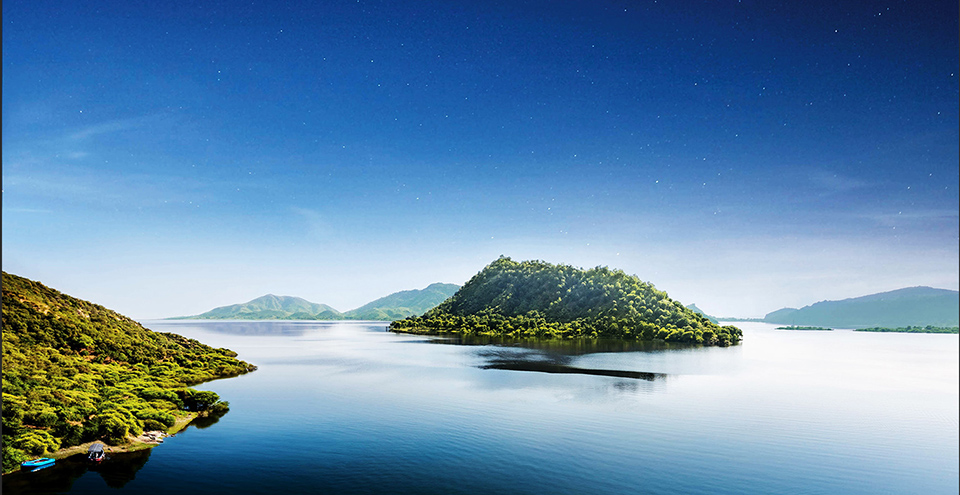
Jaisamand Lake is known for being the second largest man-made sweet water lake in Asia. It is popular among the locals as a weekend picnic destination. Locals say that the lake was constructed to halt the waters of Ruparel River. This lake boasts of a large island, which is home to various species of birds, at its centre.
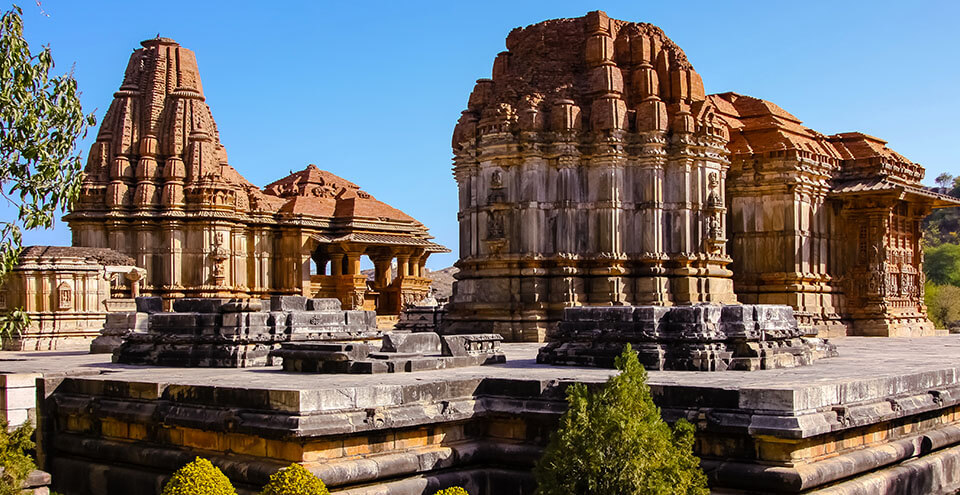
Nagda is 22kms from Udaipur, an ancient site located at the foothills of the Aravali range and has traces of 6th century A.D. Today it is renowned more for the intricately carved Sahastrabahu temple popularly known as Sas-Bahu temples that date back to the 9th - 10th century A.D. The interesting architecture and elaborate carving can also be seen in the magnificent toran or archway. Also of interest is the splendid Jain temple of Adhbudji located there.
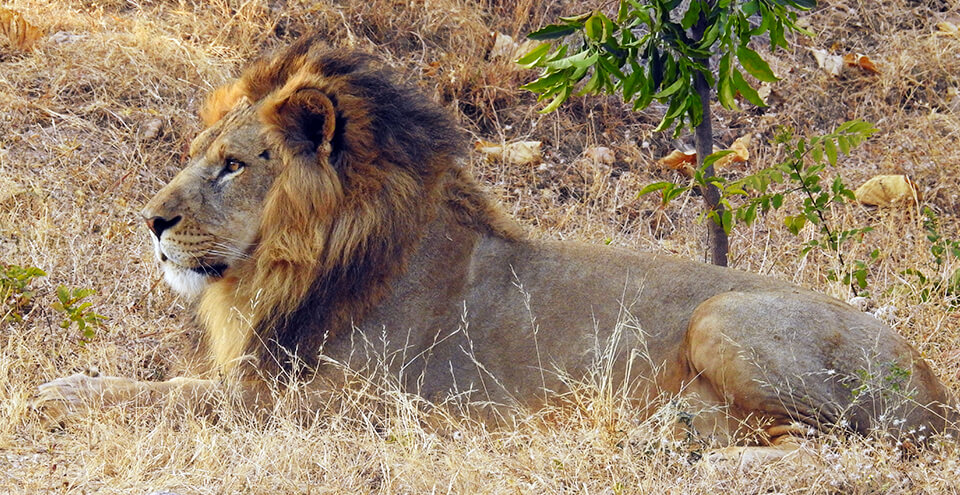
Located just outside the Sajjangarh Wildlife Sanctuary, at the foot hills of Bans-Dahara hills is the Sajjangarh Biological Park spread over 36 hectares of land. In this park one can see the Carnivores and Herbivores animals moving around in their natural habitat. One can visit the Park on foot or by Golf car on payment basis.

Located about 22 km from Udaipur, in Nagda village on NH-8, stands the Sahastra Bahu Temple. The temple is dedicated to Lord Vishnu, and the name means ‘one with a million arms’, which is one of the forms of Vishnu. The site of the temple borders green marshlands, and is home to numerous date palms which give the temple a unique oasis-like ambiance. The temple is a 10 th century complex and is featured on the Archaeological Survey of India’s list of heritage monuments. The temple is adorned with numerous beautiful carvings, based on Ramayana. Open from sunrise till the sunsets, the temple is a magnificent structure that offers exquisite sculptures, making it a site that’s every bit worth the visit.

Maharana Pratap Airport,[68] is a very small domestic airport situated in a satellite town about 20 kilometres from Udaipur. Daily flights connect Udaipur with Jaipur, Mumbai, Delhi and Chennai. Air India, Jet Airways, IndiGo and Spice Jet are operational at present. The airport having just three boarding gates, gate 1 is on the ground floor while gates 2 & 3 are at the first floor, and only 4 check-in counters can barely handle 600 passengers at a time. The airport has been renovated by the Airport Authority of India for a though remote but possible International airport status.

Udaipur City railway station and Rana Pratap Nagar railway station are two railway stations in Udaipur. Through them, Udaipur has direct train connectivity on the broad gauge network to most of the major cities in Rajasthan and the rest of India such as Mysuru, Khajuraho, Alwar, Jaipur, Kota, Chittorgarh, Ajmer, Delhi, Mumbai, Kolkata, Ratlam, Indore, Ujjain, Mumbai, Surat, Vadodara, Gwalior and Agra and a broad gauge conversion is going on to Ahmedabad. Famous luxurious trains, The Palace on Wheels, Royal Rajasthan on Wheels, Maharaja Express and The Indian Maharaja have Udaipur as the scheduled stop on their itinerary.The popular trains connecting Udaipur with the Capital of India, Delhi are Mewar Express and Chetak Express.

The city lies on the intersection point of East West Corridor, Golden Quadrilateral, National Highway (NH) 76 and National Highway (NH) 8, midway between Delhi and Mumbai, located around 700 kilometres from either city.The East West Corridor which starts from Porbandar and ends at Silchar is intersecting the Golden Quadrilateral and shares the common space from Udaipur to Chittor. The roads in this part of the country are paved and fit for private vehicles. One can either drive from Jaipur (around 6 hours), Ahmedabad (4.1/2 hours) or Surat (9 hours) on NH 8 or Golden Quadrilateral, from Kota (3 hours - EW Corridor or NH 76). Udaipur City Bus Depot has lines running for majority of other destinations in Rajasthan and farther north and west towards Madhya Pradesh and Gujarat. Apart from Rajasthan State Road Transport Corporation (RSRTC), there are numerous private operators and companies providing bus services to and from the other cities.